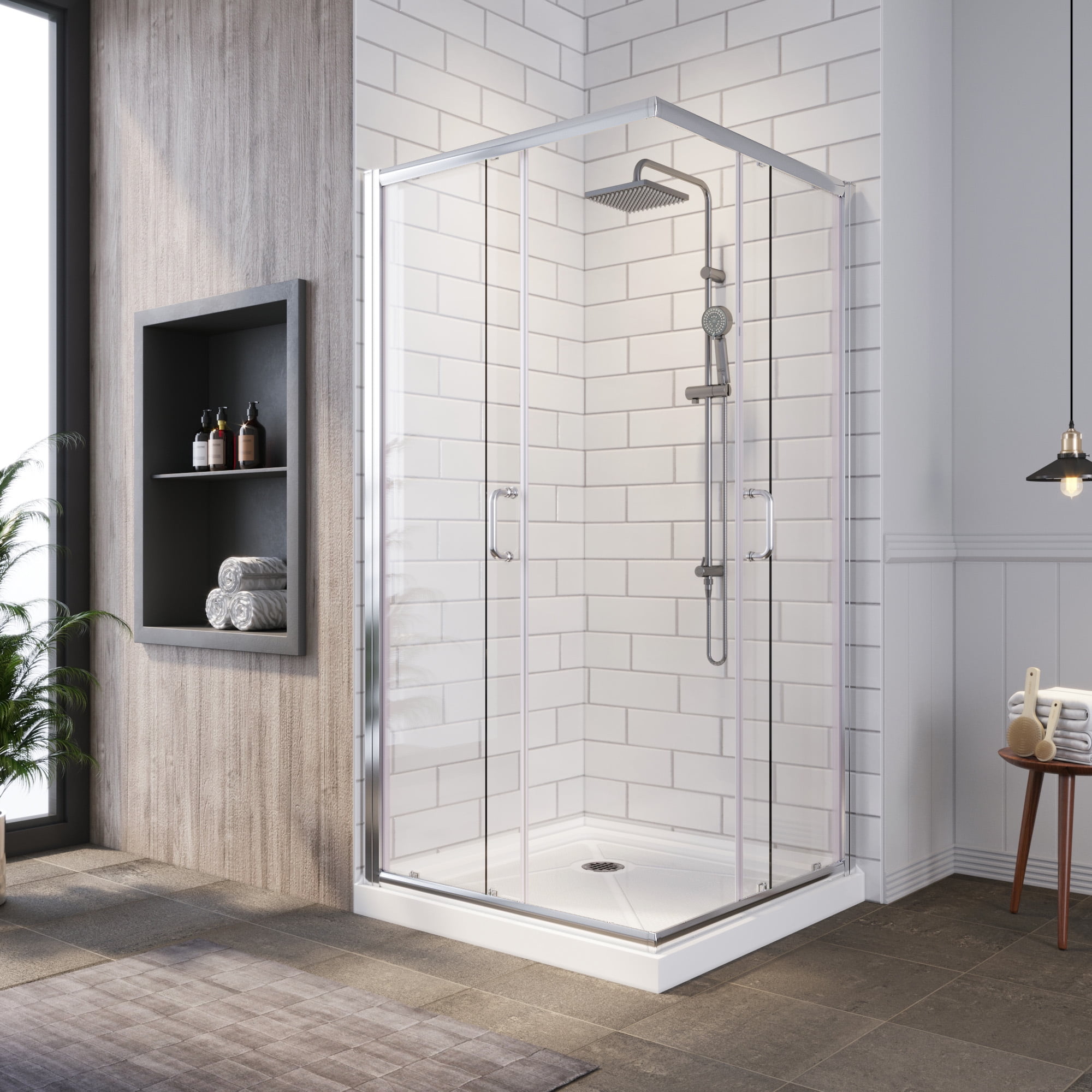Shower Drain Slow: How to Clear It.

A slow shower drain can be a frustrating and inconvenient issue, disrupting your daily routine and potentially leading to more significant plumbing problems. This thorough guide delves into the causes and effective solutions for a slow shower drain, empowering you to tackle the problem yourself or know when to call a professional. We’ll explore everything from determineing the root cause to employing various DIY solutions and understanding when professional help is necessary. This article will detail each step with clear descriptions and illustrative examples so you can address your slow shower drain confidently. We’ll cover everything from determineing the source of the clog to employing various tools and techniques to clear it. Finally, we’ll offer prevention tips for maintaining a well-functioning shower drain system.
determineing the Culprits Behind a Slow Drain
Hair and Debris Accumulation
Many times, a slow-draining shower is caused by a simple buildup of hair, soap scum, and other debris. This debris accumulates over time, forming a clog in the drainpipes. This is perhaps the most common cause, and often the easiest to fix. A shower drain is a constant source of these issues, as water is constantly washing material down.
Assessing the Situation
Visual Inspection
Before you begin any troubleshooting or drain cleaning, it’s crucial to assess the extent of the clog and its probable cause. Carefully inspect the drain. Are there any visible objects obstructing the drain? For example, a hair clog, soap scum, or a foreign object (like a small toy or jewelry). If you find anything, it’s often a simple fix.
Related Post : Foggy Bathroom Mirror: Preventing Condensation.
DIY Solutions to Tackle a Slow Shower Drain
Using a Plunger
A plunger can be effective in removing a minor clog. Ensure the plunger is a good fit for the drain opening. Submerge the plunger in the drain. Apply firm, downward pressure, and repeat several times. If there is a secondary drain (like a bathtub), you might be able to force the clog down the drain system. Remember, repeated plungers may work for a single clog, but it might not be enough to permanently solve the issue.
Exploring Advanced Techniques for Drain Clearing
Employing a Drain Snake
A drain snake, also called a plumbing auger, is a long, flexible cable with a spiral tip. This tool is perfect for snaking through the drain pipes to dislodge clogs from further down the system. This is a more powerful solution if the other solutions aren’t working. Insert the snake into the drain and rotate it while pushing it through the pipes. If a stubborn clog is encountered, the snake should be able to clear it.
Using Chemical Drain Cleaners
Chemical drain cleaners contain strong chemicals designed to break down clogs. While effective, they should be used with caution, as they can damage pipes over time. They can be a good solution for the initial stages of a drain clog.
Maintenance Tips for a Smooth-Flowing Drain
Preventing Future Clogs
To avoid repeat slow shower drain problems, simple preventive measures can go a long way. Be mindful of what you flush down the drain—avoid flushing hair, soap, or other debris. You can also use mesh strainers in your shower to catch hair and other debris before it enters the drain. Regular cleaning of the drain, using techniques like a drain cleaner, may help prevent clogs before they happen. Periodic cleaning and maintenance are critical for long-term drain health.
How can I quickly clear a slow shower drain?
Several options for a quick clog fix exist. First, try using a plunger. This method often works for minor clogs. Alternatively, a drain snake can help break up stubborn clogs deeper in the drain system, often a long-lasting solution. Chemical drain cleaners can be effective but use them cautiously as they can harm the drain system over time.
In conclusion, a slow shower drain is a common plumbing issue that can be resolved with a few simple steps. Understanding the causes of slow drainage, such as hair clogs, soap scum buildup, or mineral deposits, is crucial for effective troubleshooting. Employing the right tools and techniques, from using a plunger to a drain snake or even a chemical drain cleaner, can help you clear the clog effectively and efficiently. If you’re unsure about any of these steps or dealing with a particularly stubborn clog, it’s always optimal to call a professional plumber for assistance. Remember, prevention is key in avoiding future slow drains by maintaining good hygiene practices in your shower and implementing regular cleaning schedules.